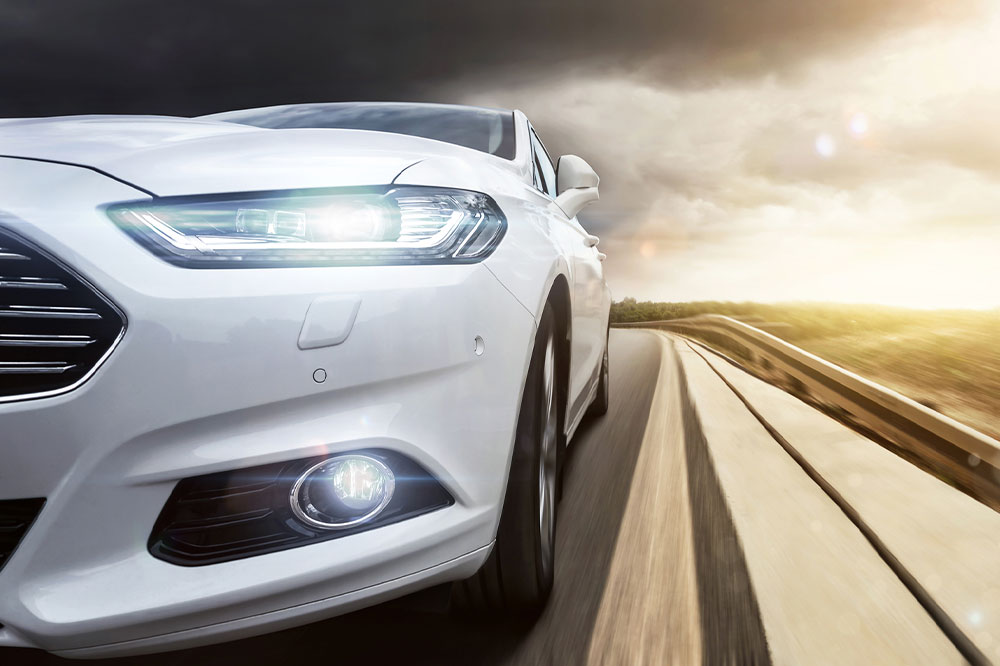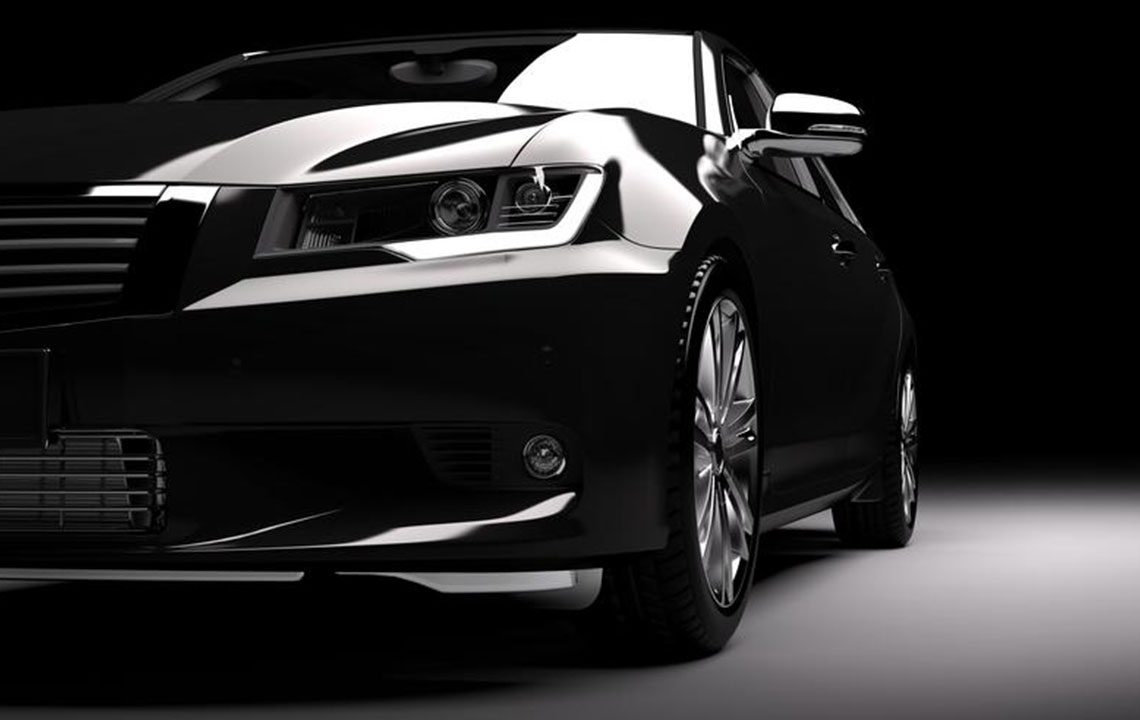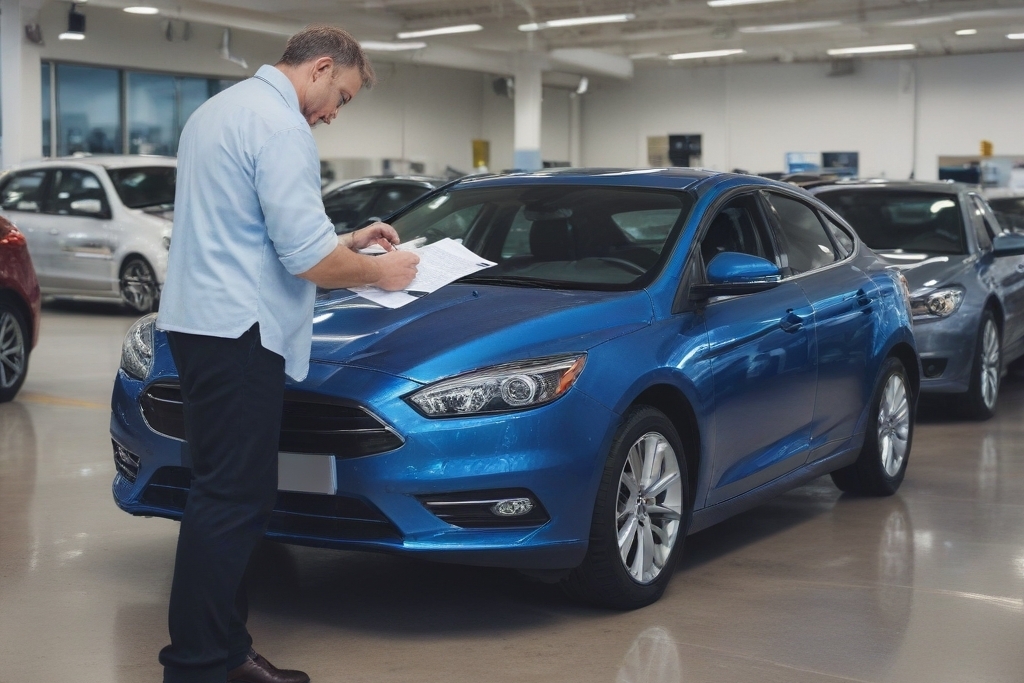Key Influences on the US Passenger Vehicle Market
The article explores the main factors influencing the US passenger car market, focusing on the rise of midsize sedans, key models like Toyota Camry and Honda Accord, and shifting consumer preferences towards eco-friendly and high-tech vehicles. It highlights market trends, segment classifications, and consumer buying criteria, emphasizing reliability, comfort, and innovative features. Despite the growing SUV segment, traditional sedans continue to hold a significant market share driven by new model launches and technological advancements. The piece offers insights into industry dynamics and future prospects for midsize cars in the US market.

Key Influences on the US Passenger Vehicle Market
The evolution of the passenger vehicle market in the United States has been shaped by various factors over decades. Beginning with the 1956 release of the Rambler Six, which challenged traditional vehicle classifications, the midsize sedan segment has experienced significant growth, shifting from being considered a compact to a dominant market segment. These vehicles are favored by families for their balance of space, comfort, efficiency, and performance. Today, they are commonly known as D-segment cars in Europe and are defined by a wheelbase of roughly 105-110 inches and an interior volume of 110-119 cubic feet, according to the US EPA.
The midsize sedan category encompasses models like full-size, luxury, and sports sedans, but they remain primarily popular as family vehicles. Their popularity stems from their adeptness at balancing interior room, driving comfort, fuel economy, and overall performance. In the European context, these are often called D-segment cars, typically with wheelbases between 105 and 110 inches. The US EPA classifies midsize cars as those with inside volumes ranging from 110 to 119 cubic feet. While SUVs and crossovers are gaining market share—making up about 25-30% of annual sales—midsize sedans continue to be top sellers due to their proven versatility, reliability, and consumer appeal. Leading automakers compete to produce the best models, which are evaluated based on safety, durability, interior quality, and driving experience. Consumer reviews often emphasize comfort, advanced technology, and fuel efficiency, making these cars a preferred choice for daily commuting and family outings.
In recent years, midsize sedans accounted for approximately 31.6% of the overall US passenger vehicle sales. Although the segment's market share increased early in 2017, with 28.9%, sales experienced a slight decline of about 10% by the third quarter, partly due to the launch of new models like Toyota Camry and Honda Accord, which have invigorated the segment through attractive discounts on older stock. Models such as Chevy Malibu, Hyundai Sonata, and Kia Optima have historically performed well in previous generations but currently face challenges competing with revamped rivals. Despite the perception of sedans as less exciting recently, the latest launches with bold styling and advanced features could re-engage consumers. Many buyers now consider options such as turbocharged, hybrid, and electric powertrains, especially as environmental awareness increases. Price considerations, fuel savings, and technological amenities play vital roles in purchasing decisions. Luxury versions of midsize sedans offer cutting-edge infotainment, safety systems, high-performance engines, and upscale interiors, catering to customers seeking both style and substance. Some buyers also prioritize sporty performance based on expert reviews, although these models may not be as comprehensive in all aspects.









